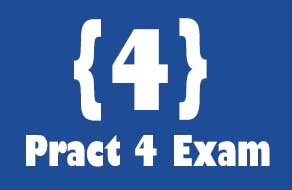Obtaining a Learner's License (LLR) in India is a crucial step towards becoming a responsible and skilled driver. Whether you're a teenager eager to hit the road or an adult learning to drive later in life, the LLR is your ticket to learning the rules of the road and gaining valuable driving experience. In this blog, we'll walk you through the step-by-step process to obtain your LLR in India.
Step 1: Eligibility
Before you start the application process, ensure that you meet the eligibility criteria:
Step 2: Documents Required
Gather the necessary documents:
Step 3: Visit the Regional Transport Office (RTO)
Locate your nearest RTO and visit during working hours. You can typically find the contact details and address of your local RTO on the official website.
Step 4: Pay the Fees
At the RTO, pay the required fees for the LLR application process. The fee amount may vary from state to state.
Step 5: The Learner's License Test
After submitting your application and paying the fees, you'll need to take a written test based on the rules and regulations of the road. The test usually covers topics such as traffic signs, road safety, and driving regulations. Study materials and sample question papers are often available at the RTO or on their website to help you prepare.
Step 6: Biometric Data and Photograph
Once you pass the written test, you'll need to provide your biometric data (such as fingerprints) and have your photograph taken at the RTO. This information will be included on your LLR.
Step 7: Receive Your Learner's License
After completing all the necessary formalities and tests, your Learner's License will be issued to you on the same day or shortly thereafter. It is usually a temporary document and serves as a provisional license.
Step 8: Learn to Drive
With your Learner's License in hand, you can now legally practice driving on Indian roads under the supervision of a person who holds a valid driving license. Ensure that you display an "L" sign on your vehicle to indicate that you are a learner.
Step 9: Applying for a Permanent Driving License
Before your LLR expires (typically after six months), you should apply for a Permanent Driving License. The process for obtaining a Permanent License involves a practical driving test in addition to other formalities.
Conclusion
Obtaining a Learner's License in India is a significant step toward becoming a responsible and skilled driver. It ensures that you understand the rules of the road and can gain valuable experience under supervision. Remember to always follow road safety guidelines and regulations while practicing with your LLR, and when you're ready, proceed to get your Permanent Driving License to enjoy the freedom and responsibilities of being a licensed driver. Safe driving!

